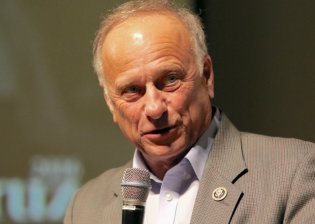On Monday, in Cartagena, Colombia, the government of Colombia and the rebel leadership of the Revolutionary Armed Forces of Colombia (FARC) ended one of the longest running civil wars in modern history. Over fifty years of battle between the FARC, the government of Colombia, the right-wing paramilitary groups and an assortment of bandas criminales is now over. Or at least the battle is over until Sunday, when the Colombian people will vote on a referendum for or against the agreement. If they vote against it, then there will be pressure on the government to renege on its commitments. That would restart the bloody civil war, which has killed more than a quarter of a million people.
Tension sits heavy across sections of Colombia. Polls suggest that the majority of the population will vote to ratify the peace deal. Exhaustion is the mood. Colombians want the war to end. This was not a war with a frontline necessarily, although there were frontlines between the FARC areas and the government zones. This was a war across the country, with precious resources squandered in the battle and fear pervasive even far from the battlefield.
Such atmospheric violence is not unknown in Colombia. The civil war that ran for the decade from 1948 is called La Violencia, The Violence. It could be the name of Colombia’s past century, where the elite in this South American nation tried to hold onto the advantages of slavery and colonial rule long after the liberation of the continent from the Spanish.

